Tackling TOK - Basics - Areas of Knowledge - 2. The Human Sciences and History
 22:10
22:10
Guide for Students and Educators
Guide for Students
Nothing blows your mind like studying the IB Theory of Knowledge course.
What do you know? How do you know what you know? Are you ready to tackle these big questions?
Watch our IB Theory of Knowledge (TOK) Basics series to get started. This series introduces key terminology and ideas explored in the course, including:
• Shared and personal knowledge
• Areas of knowledge (AOK)
• Ways of knowing (WOK)
• Perspectives
Important information about the IB Theory of Knowledge Guide (2015 – 2021)
The IB TOK Basics series covers all eight areas of knowledge and eight ways of knowing. However, the IB TOK Guide recommends that students and educators cover the following in depth:
• 4 Ways of Knowing
• 6 Areas of Knowledge
Each relevant video explores two areas of knowledge or two ways of knowing. Feel free to watch the videos based on your class requirements
Here’s how to get the most out of our videos:
1. Watch the series before you start the course at school
Feel free to watch the first IB TOK Basics video a few days before starting the course at school. This lesson introduces all the key terms and assessments. Stay one step ahead of the class!
2. Watch the series as you cover the content at school
Watch our videos on the areas of knowledge a few days before covering specific areas in class. For example, watch our lesson on Mathematics and the Natural Sciences before studying those areas in class. We’ll cover the scope of each area of knowledge and much more!
Check out our videos on ways of knowing a few days before covering them in class. You might watch our lesson on Language and Sense Perception before covering one or both ways of knowing at school.
You can also watch the lessons to revise what you covered at school.
Maybe you can’t remember the scope of the Human Sciences. Perhaps you need a quick refresher on Emotion as a way of knowing. Just watch the relevant video again, as many times as you like.
Feel free to skip sections of a video if you’re only studying one area of knowledge or one way of knowing covered in that particular lesson.
3. Watch the series to prepare for your assessments
Make sure to check out the IB TOK Basics series before you start planning your TOK presentation and TOK essay.
You’ll need to engage with specific areas of knowledge and/or ways of knowing in these assessments. We’ll explore the key ideas in each area so your TOK presentation and TOK essay head in the right direction.
Guide for Educators
The IB Theory of Knowledge (TOK) Basics series introduces key terminology and ideas explored in the course, including:
• Shared and personal knowledge
• Areas of knowledge (AOK)
• Ways of knowing (WOK)
• Perspectives
We know that students need to learn how to think as well as what to think to excel in this course. Each video includes helpful examples that illustrate these abstract ideas. We also raise important questions that prompt students to think critically about the content.
Important information about the IB Theory of Knowledge Guide (2015 – 2021)
The IB TOK Basics series covers all eight areas of knowledge and eight ways of knowing. However, the IB TOK Guide recommends that students and educators cover the following in depth:
• 4 Ways of Knowing
• 6 Areas of Knowledge
Each relevant video explores two areas of knowledge or two ways of knowing. Feel free to integrate the videos based on your classroom requirements
Here’s how to get the most out of our videos:
1. Integrate our videos in your school’s IB Diploma Programme
We recommend that you integrate this series into your introductory TOK lessons. We guide students through key terms and concepts in the TOK course. We also help students to develop their critical thinking skills.
Sign up your school with Schooling Online and set lessons for students to watch in class and at home.
2. Introduce students to key terms and ideas in the Theory of Knowledge course
Feel free to show the first TOK Basics video in your introductory TOK lessons. This lesson will introduce students to the key terms and assessments in the course. This video can also be assigned for viewing at home, as many students will need to revise the basic concepts several times.
We encourage you to show the videos on areas of knowledge and ways of knowing in class. You can skip through the videos to focus on one specific area of knowledge or way of knowing.
Turn your classroom into an interactive learning environment by watching each video in short segments. For example, our lessons on areas of knowledge are broken up into sections that follow the knowledge framework, starting with the scope and applications of each area. Pause the video at the beginning or end of each key section and open a discussion with your class.
Alternatively, you can use our videos as part of a flipped classroom approach. Students can watch a video at home to learn about a specific area of knowledge or way of knowing. Afterwards, class time can be dedicated to exploring knowledge questions and knowledge claims relating to the video.
Your students can always view the videos before, during and after lessons. The lessons are useful for covering the material for the first time or for revising concepts at school (or at home). Schooling Online is just at your fingertips!
3. Help student to prepare for their assessments
Your students will probably need extra support in planning their TOK presentations and TOK essays. They might need to refresh their understanding of specific areas of knowledge and/or ways of knowing before getting started.
In these situations, we recommend sharing relevant videos with a student so they can continue planning more independently. We’ll help them to explore the key ideas in each area so their TOK presentation and TOK essay head in the right direction.
You can also refer to our IB TOK Presentation series and IB TOK Essay series, which discuss each assessment in greater detail.
Tackling TOK - Basics - Areas of Knowledge Lesson 2
This lesson tackles two Areas of Knowledge: the human sciences and history.
We’ll explore the scope of each Area of Knowledge and how this knowledge can be applied in other fields. Next, we’ll unravel some area-specific ideas and language. This lesson also breaks down the methods used to produce knowledge, historical developments and links to personal knowledge in each area.
Key words (human sciences): herd behaviour, human behaviour, interview, model, neutrality, observer effect, questionnaire, scientific method, statistical method
Key words (history): historiography, narrative, primary source, secondary source, selection bias, significant event, theory



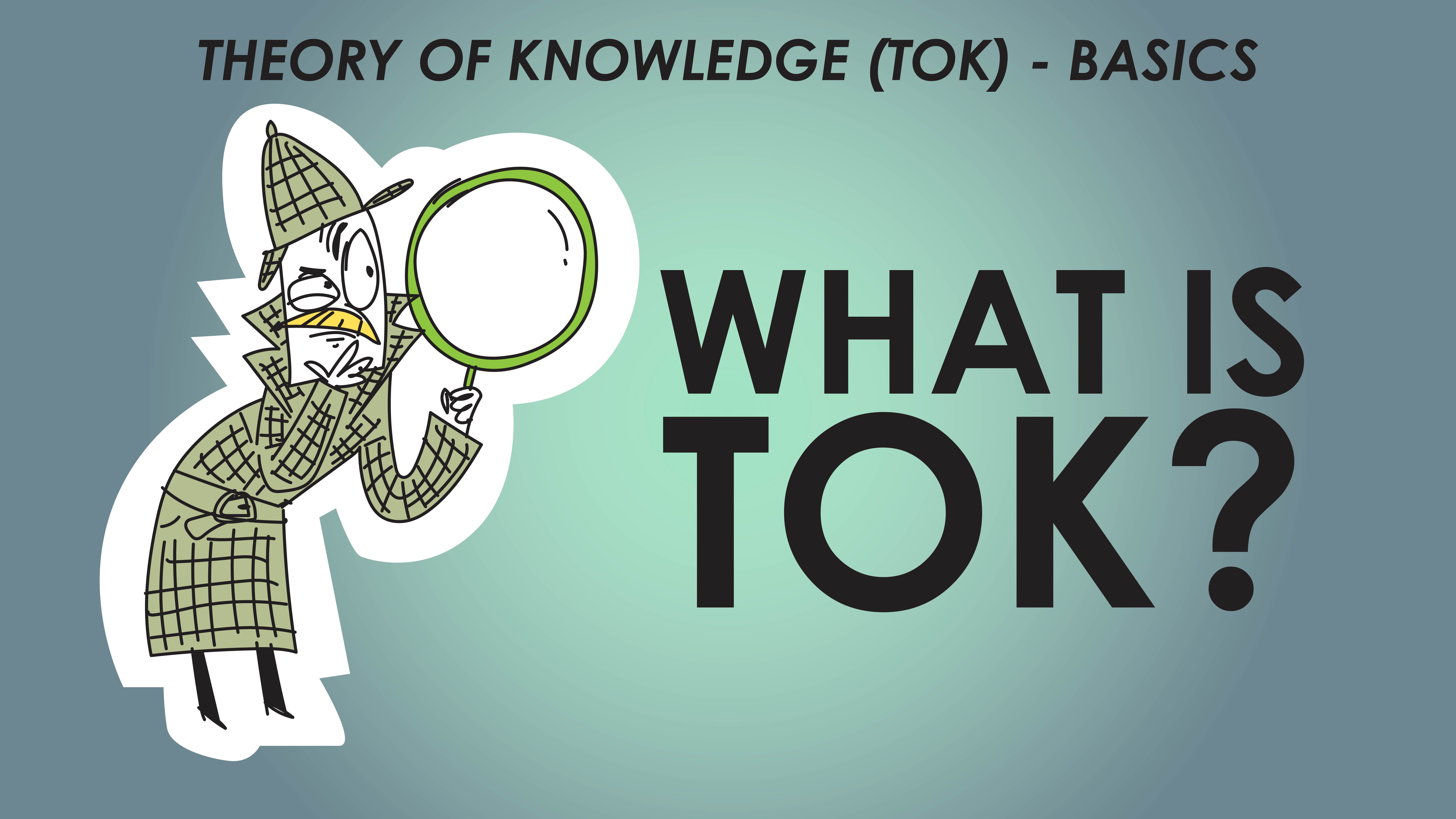
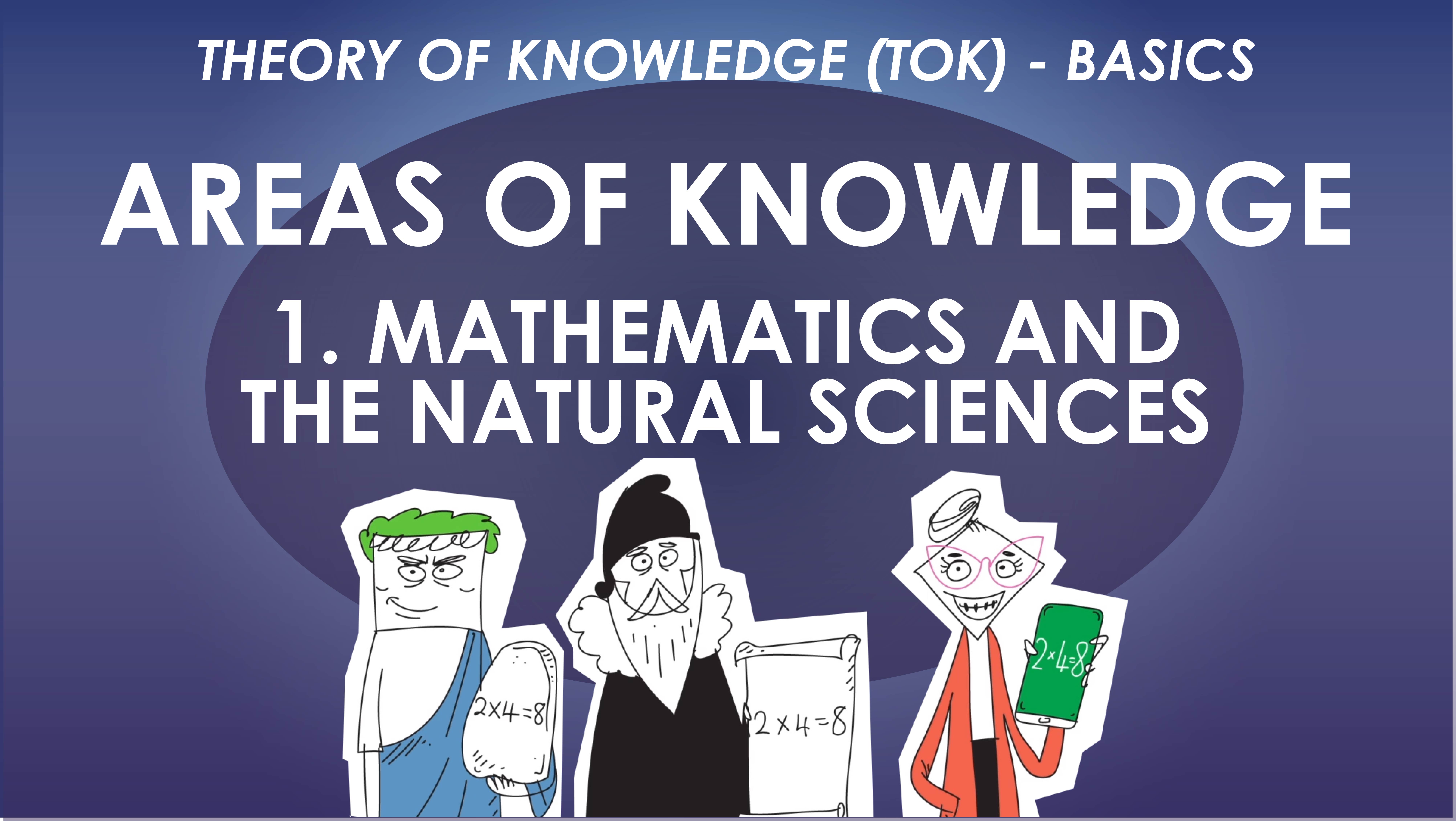
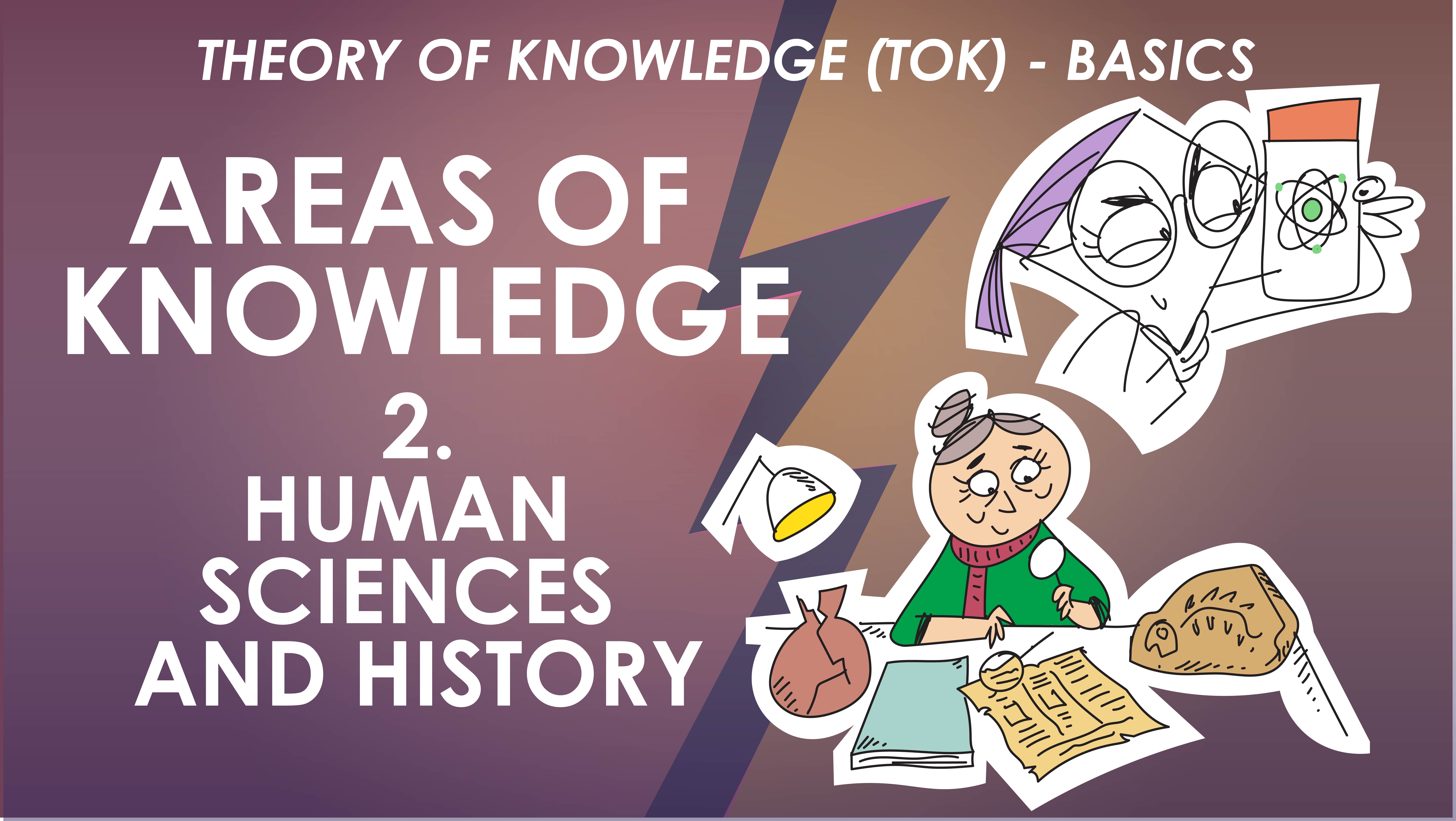
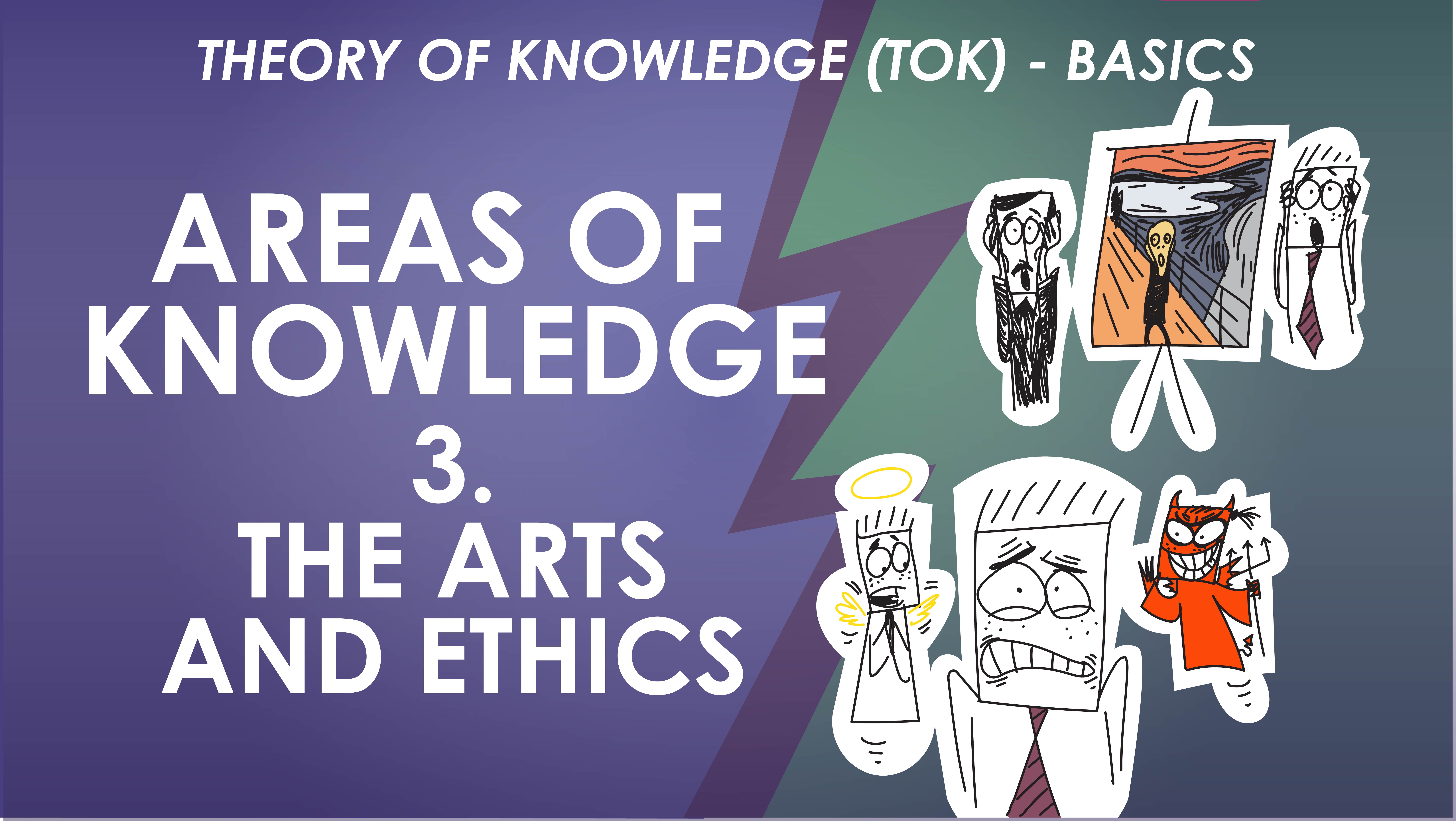
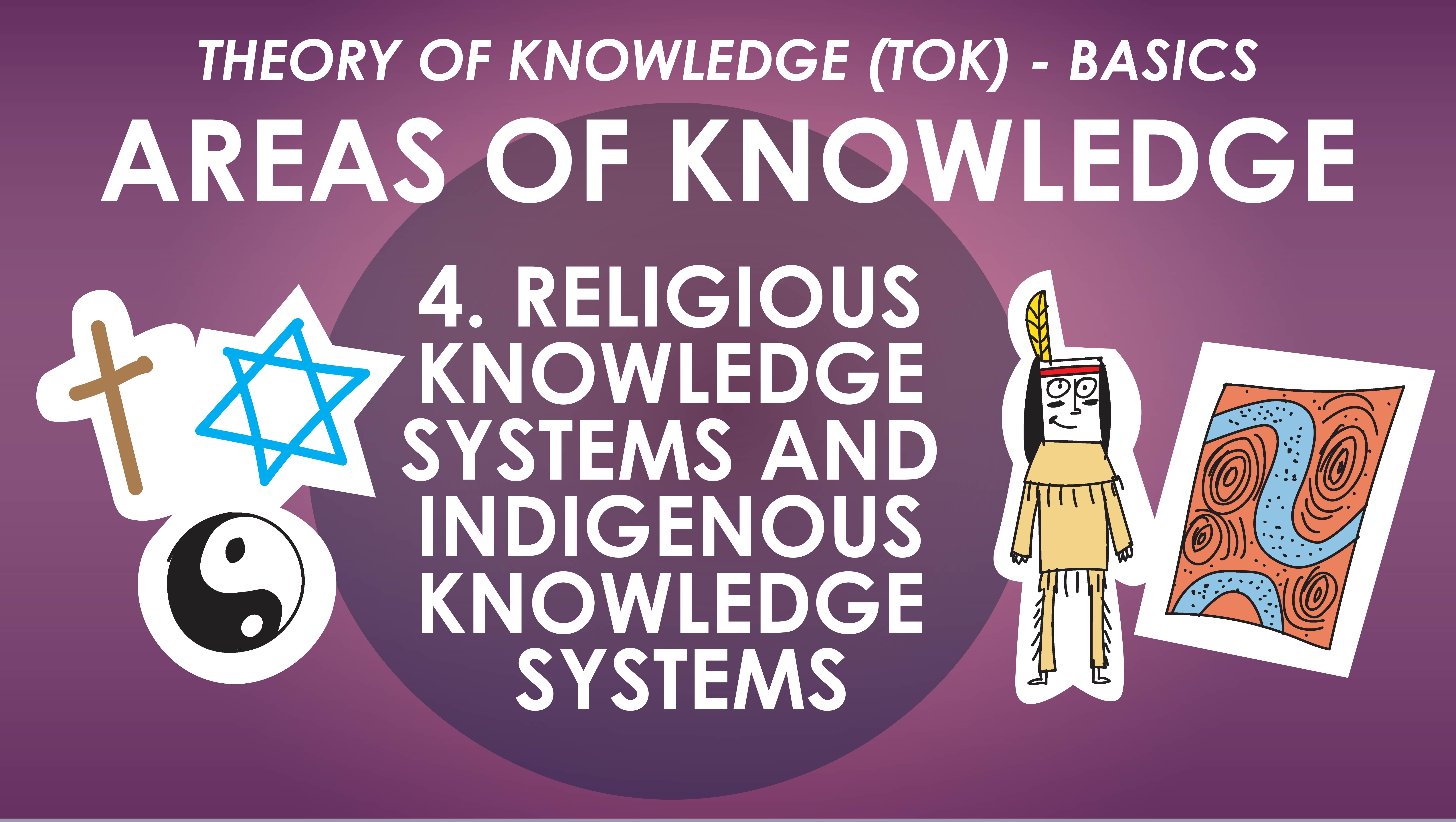
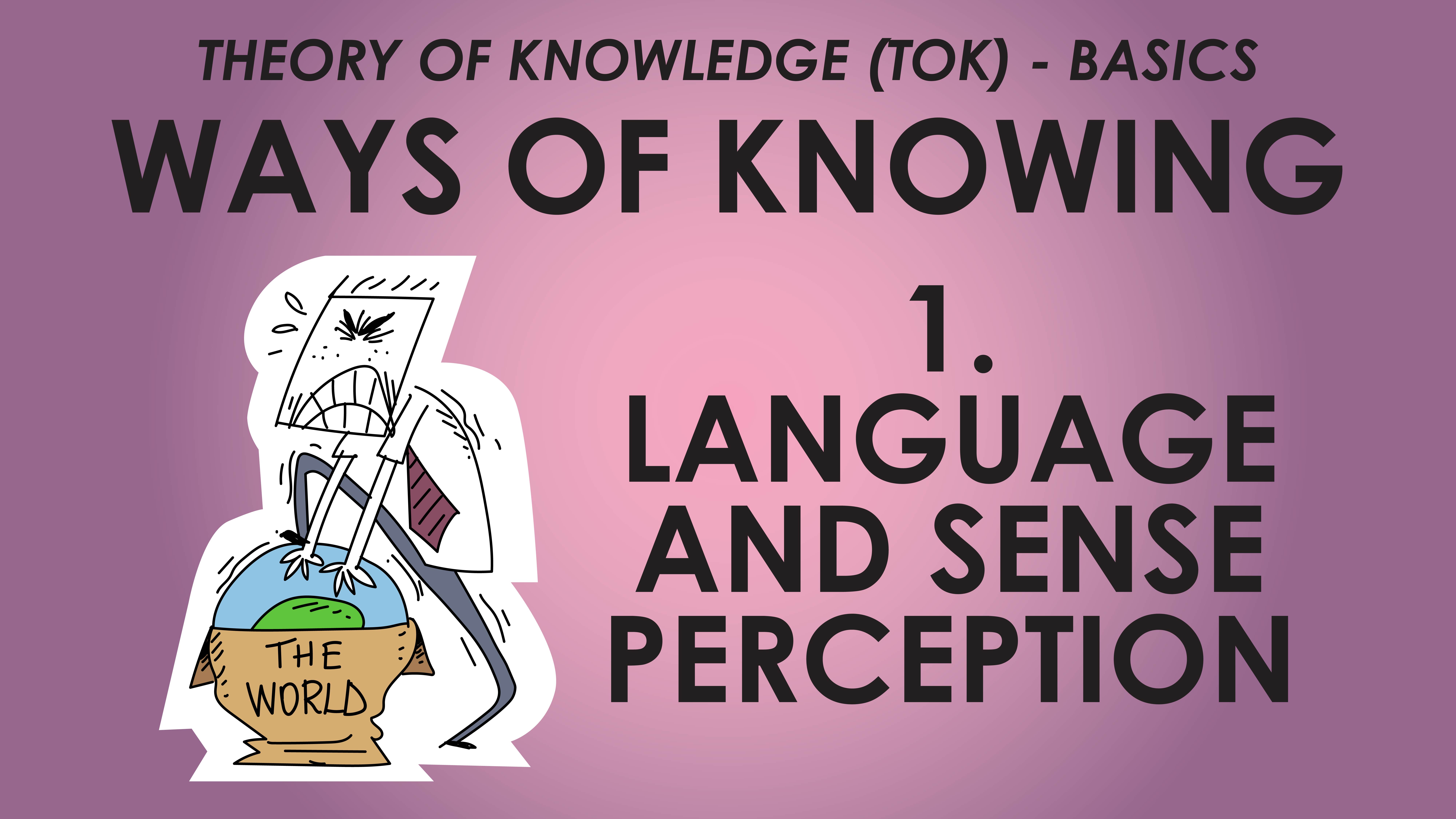
Share